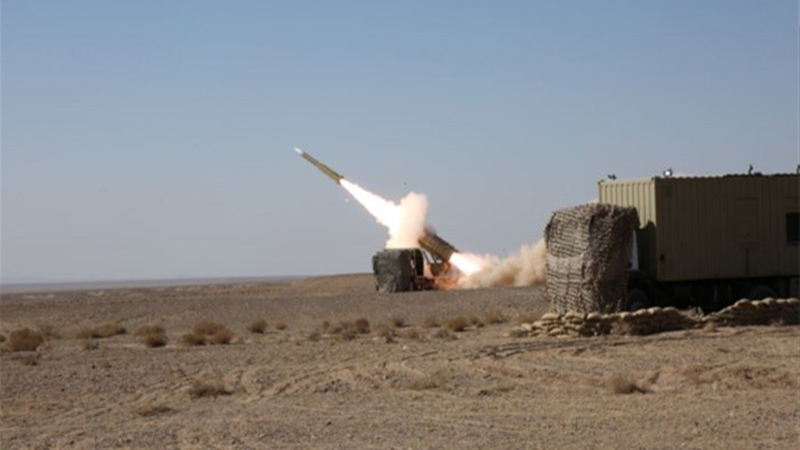Iran is attempting to smuggle its surface-to-air missile (SAM) system into Syria, as part of its ongoing efforts to entrench itself militarily in the country and turn it into a war front against Israel.
As Iran’s defense industry becomes more sophisticated, this development obligates the Israeli Air Force and Military Intelligence Directorate of the IDF to study Iranian SAM capabilities, and prepare accordingly.
While it is possible that Israel is actively seeking to block Iran from transferring such capabilities into Syria, as part of Jerusalem’s grey zone warfighting campaign, dubbed the Campaign Between the Wars, no effort can be assumed to be 100 percent successful.
The Iranian motivation for smuggling such systems is clear; the Assad regime is unable to stop reported Israeli strikes on Iranian targets in Syria, despite the Syrian military being equipped with a range of Russian-made SAMs, such as SA-2, SA-3, SA-5, SA-6, SA-8, SA-17, and SA-22 batteries.
The IAF is used to dealing with intense SAM attacks in the crowded Syrian skies, with more than 1,000 missiles fired at its jets between 2017 to 2021. However, the arrival of Iranian SAMs would create a new layer of challenge and a new capability by the Iranian-led Shi’ite axis to challenge Israel’s freedom of maneuver.
This would represent a critical development in the ongoing grey zone conflict raging between Israel and Iran. Israel needs to maintain its freedom of operations, to dent Iranian plans to install advanced firepower on Syrian soil, such as cruise and ballistic missiles, as well as drone bases, and to use Syria as a transit zone to smuggle weapons to Hezbollah’s depots in Lebanon.
Open sources provide some clues about the kinds of systems Iran may be interested in setting up in Syria. While the Iranian systems can be presumed to be advanced, some exaggeration on the part of Iranian state media can also be assumed.
For example, in September 2021, the Iranian Army’s Air Defense Force unveiled a new surveillance radar, dubbed Alborz, and a command and control system, while also announcing that it had tested a new version of its Mersad 16 SAM.[1]

According to a report in Jane’s Defence Weekly, the Iranian press described the Alborz as a 3D phased array radar – which is an advanced form of a radar system that has computers controlling the beams, and which does not need to rotate. The Alborz radar reportedly has a range of 450 kilometers and can track 300 sky targets at the same time.
The command and control (C2) system, dubbed Borhan, reportedly was designed for air defense systems that engage low-flying, short-range weapons.
Iranian media said the Borhan can take in data from both radars and cameras, and send it on to higher command posts, enabling fast decision-making, before ordering the right weapon system to shoot down the target in the sky.

The Iranians also announced in September that their Mersad 16 SAM system had undergone successful tests in the central Iranian desert and that it was capable of fending off electronic warfare attacks designed to blind or confuse it.
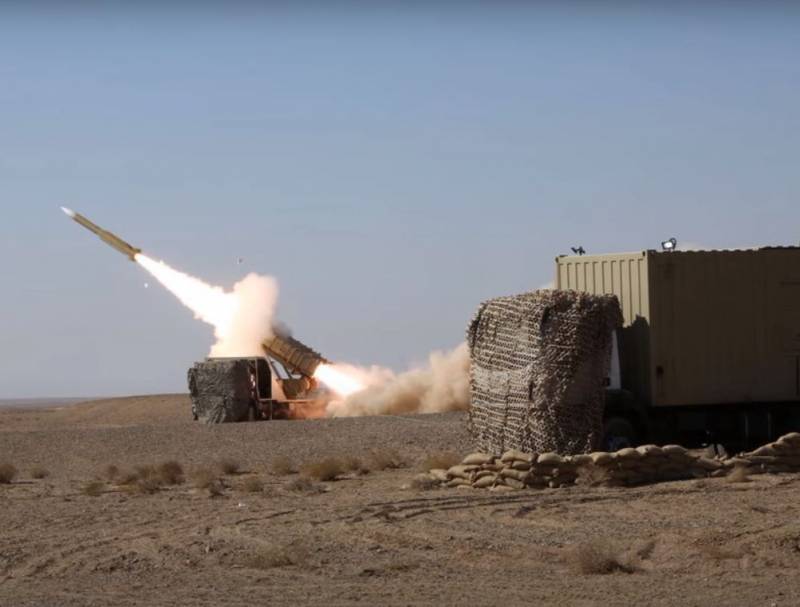
The Mersad 16 uses mobile radar systems and a mobile missile launcher that contains three missiles, which Janes identified as Sayyad-2-type missiles used in other Iranian SAM systems (more on this missile later).
In October 2021, Iran claimed it had successfully held an air defense drill, called Sky Defender Velayat 1400.[2] The semi-official Fars news outlet in Iran quoted Brig. Gen. Amir Qader Rahimzadeh, commander of Iran’s National Air Defense Base, as saying that “strong and multi-layered defense against cruise missile attacks” was one of the main goals of the exercise.
The variety of Iranian SAM systems used in the drill provides an indication of how far Iran’s defense industries have come in producing air defense systems.
The drill employed Iran’s 3rd Khordad, Mersad, Talash, Khordad 15, Majid, and Dezful SAM systems.[3] The Khordad air defense system, for example, was showcased by the Iranian Defense Ministry in June 2019 and was first unveiled in April 2017. The system reportedly uses Iranian-made Sayyad-3 SAMs.
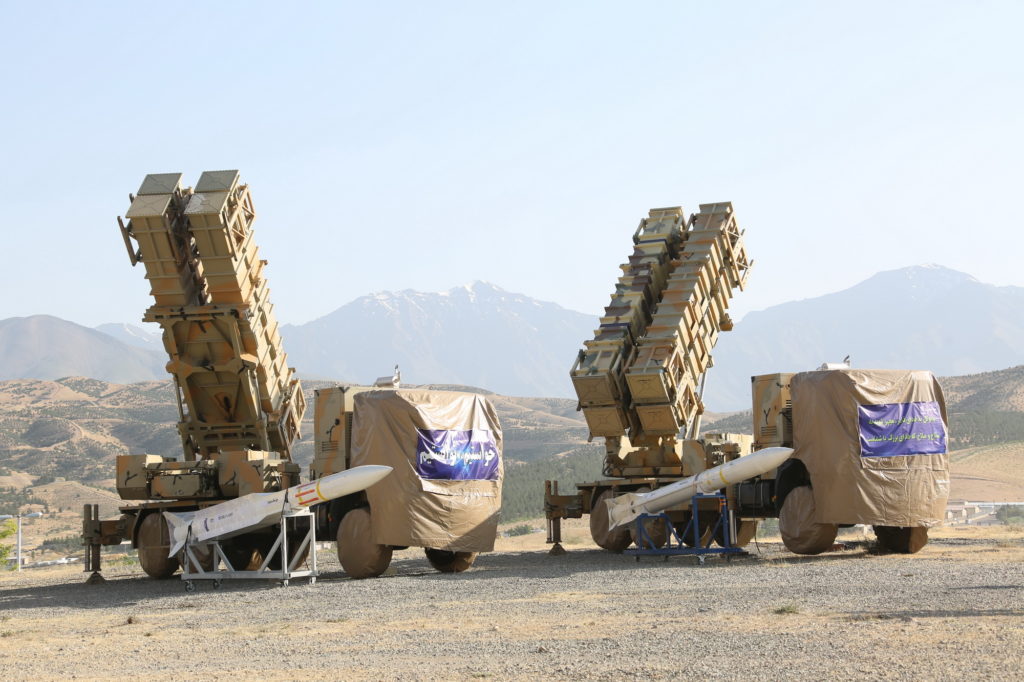
“The system incorporates a new phased-array radar and can reportedly strike airborne targets at a distance of up to 75 kilometers,” said a report by the CSIS Missile Defense Project. [4]
In 2019, Iran unveiled its Bavar 373 SAM system, which has been compared to the Russian-made S-300 advanced air defense system.[5]
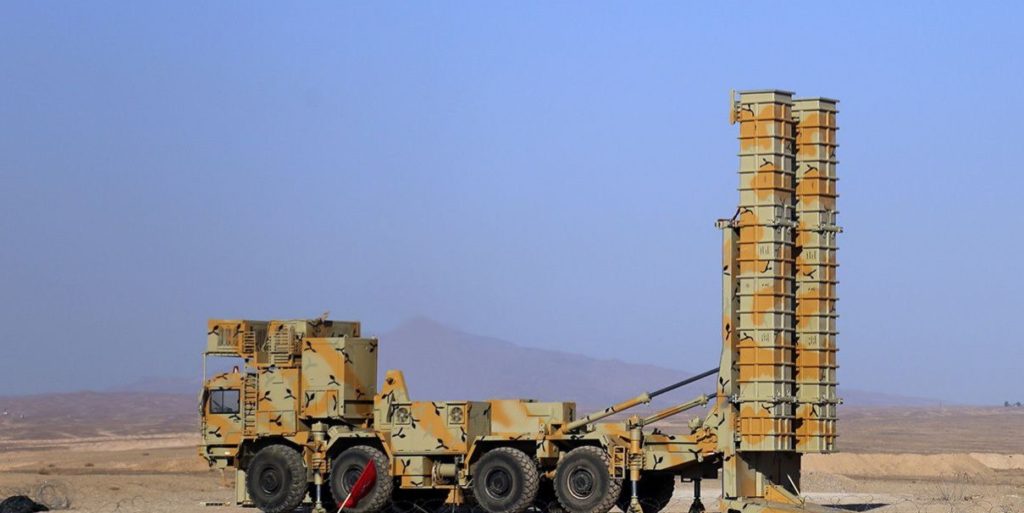
The system entered into development in production after 2010, when Russia delayed its S-300 delivery due to U.S. pressure and international sanctions. Russia completed its delivery of the S-300 to Iran in 2016.
Iran’s official IRNA news agency claimed the Bavar 373 has an interception range of over 200 kilometers.
Iranian vows to send its SAM systems into Syria are not particularly secret. In July 2020, Syrian defense minister Ali Abdullah Ayoub and Maj. Gen. Mohammad Bagheri, chairman of Iran’s Armed Forces General Staff, signed an agreement in Damascus to broaden bilateral military cooperation, especially on air defense capabilities.[6]
In June 2019, Iran downed an American RQ-4n Drone over the Straits of Hormuz, using its Sayyad-2 missile.[7]
First unveiled in 2013, the Sayyad-2 has a reported top speed of Mach 4.5, and a range of 75 kilometers. The longer, Sayyad-3 missile has a reported range of 120 kilometers and is part of the Khordad SAM system.
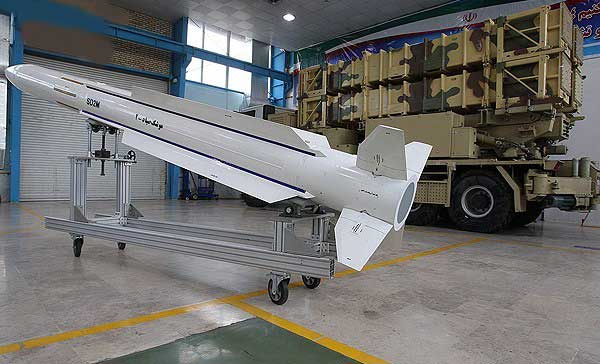
Ultimately, these developments point to an evolving and significant Iranian SAM development and production capability. The IAF has shown its ability to overcome the most crowded SAM bubble in the world in its reported operations in Syria and now must prepare for even more challenging missions to ensure its own freedom of operation, as it keeps Iranian ambitions in Syria in check.
[1] Jeremy Binnie, Jane’s Defence Weekly, September 2, 2021, Iran unveils new air-defence systemshttps://www.janes.com/defence-news/news-detail/iran-unveils-new-air-defence-systems
[2] Seth Frantzman, Iran claims success for new ‘Iranian Iron Dome’ air defense system – analysis, October 13, 2021, https://www.jpost.com/middle-east/iran-news/iran-claims-success-for-new-iranian-iron-dome-air-defense-system-analysis-681874
[3] Masao Dahlgren, Iran Launches Surface-to-Air Missiles in Drills, CSIS Missile Defense Project, October 15, 2021, https://missilethreat.csis.org/iran-launches-surface-to-air-missiles-in-drills/
[4] Masao Dahlgren, Iran Displays New Khordad 15 Missile Defense System, CSIS Missile Defense Project, June 10, 2019, https://missilethreat.csis.org/iran-displays-new-khordad-15-missile-defense-system/
[5] Iran unveils new missile defense system, calls US talks ‘useless,’ Al-Jazeera, August 22, 2019, https://www.aljazeera.com/news/2019/8/22/iran-unveils-new-missile-defence-system-calls-us-talks-useless
[6] Farzin Nadimi, Iran-Syria Air Defense Pact Could Disrupt Allied Operations, The Washington Institute for Near East Policy, July 24, 2020, https://www.washingtoninstitute.org/policy-analysis/iran-syria-air-defense-pact-could-disrupt-allied-operations
[7] Sebastien Roblin, A War Begins? How Iran Shot Down a U.S. RQ-4N Surveillance Drone, The National Interest, June 21, 2019, https://nationalinterest.org/blog/buzz/war-begins-how-iran-shot-down-us-rq-4n-surveillance-drone-63717

